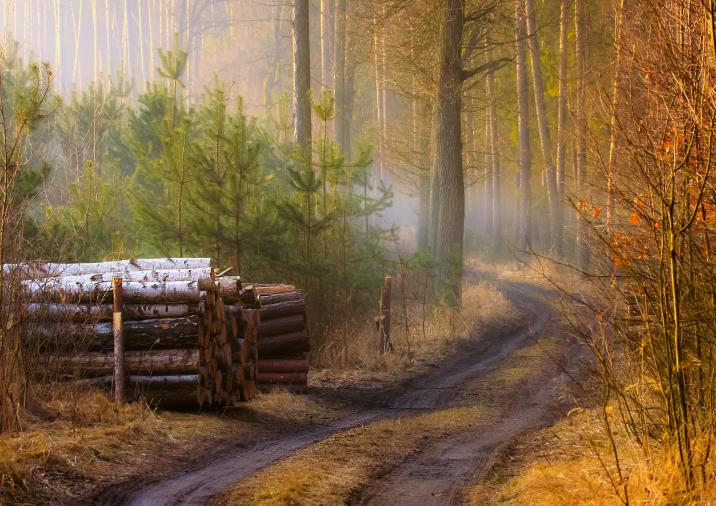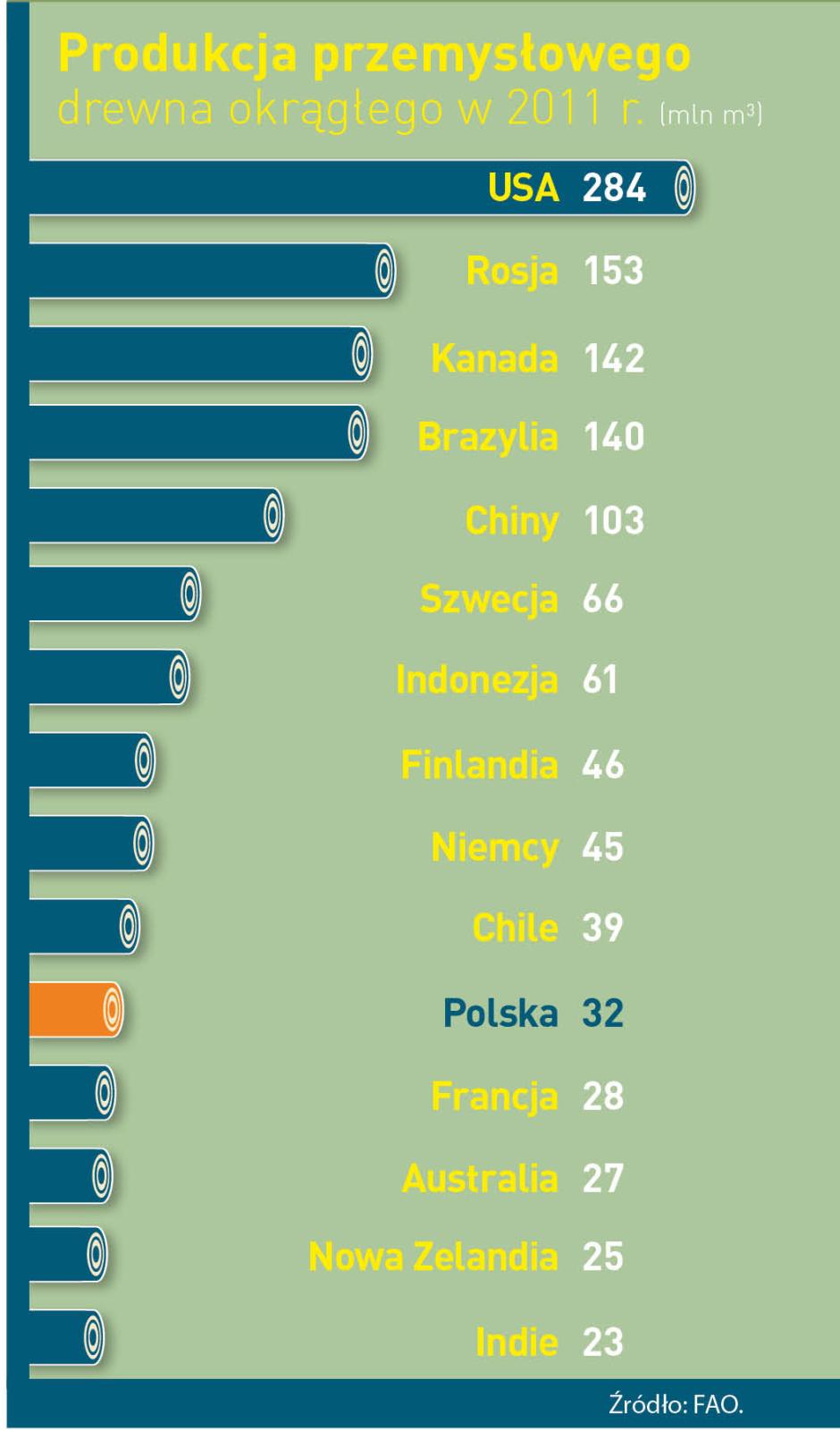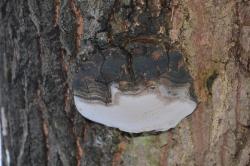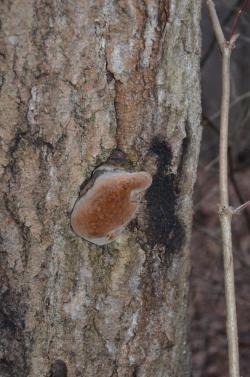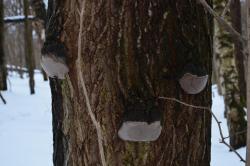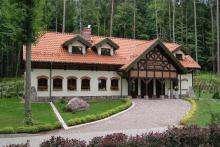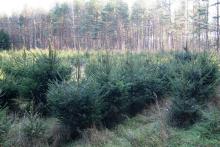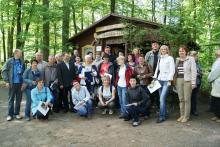 Asset Publisher
Asset Publisher
Polish hit
Polish products made of wood – furniture, window and door frames, yachts or paper and packages – these are real hits of the market.
Our country is the is the 10 largest producer of furniture and the 4 largest furniture exporter in the world. Wood industry sells abroad goods of its approximate value of 45 million zl annually, what constitutes 10 % of the whole Polish export. The measurement of the essential role of forestry and timber based sector in our management is that, it works out about 2 % of GDP (Gross Domestic Product). Not only it gives work to thousands of people, but it is also an engine of investment and of development of innovative technologies. From the beginning of transformation, it drew foreign capital of its value over 30 million zl.
Forest gives work
The State Forests belong to the leading group of employers in Poland. However, both forest and timber provide for workers with several thousand of Forestry Services Companies, which within the contract of mandate deal with, among others, planting trees and their nursing, wood logging and its transportation. And above all cooperate with people employed in several dozen thousand of companies creating wood and furniture industry and paper manufacture. Summing up, it gives as many as 375 thousand of Poles altogether. Statistically, every hundred inhabitant of our country works in the sector connected with forestry and wood processing.
Among private companies of forestry and timber based sector, there are also big companies with the share of foreign capital , and big and medium sized indigenous companies, but 9 of 10 companies in this sector are small plants employing less than 10 people. These are often family companies, cultivating multigenerational traditions connected with forestry and working in less developed regions of the country. There, forestry and wood industry, as well as agriculture constitute the basis of maintaining hundred thousand of families. As many as 600 % of all working places in the forest and wood based sector are located within rural areas.
Forest and wood based sector works out about 2 % of Polish GDP (Gross Domestic Product).
- 2 % of Polish GDP works out forest and wood based sector .
- Poland takes 4 place as the largest furniture exporter and 10 place as the largest producer of furniture.
- 50 % of paper and 9 of 10 pieces of furniture produced in Poland is exported abroad
- The value of annual export of Polish goods of wood and furniture industry and paper manufacture equals 45 billion zl (it is 10 % of the whole export).
- 30 billion zl , as direct foreign investments, have been drown since 1990 by Polish wood based sector (5,5 % of all).
- 100 kg of paper is used annually by statistic Pole (an average of UE is 160 kg, for USA – 230 kg).
Source: E. Ratajczak „Potencjał gospodarczy przemysłów opartych na drewnie i perspektywy ich rozwoju (Economic performance of wood – based industries and perspectives of their development)", GUS, Warszawa 2012.
 Asset Publisher
Asset Publisher
Czyreń osikowy - pasożyt topoli osiki
Czyreń osikowy - pasożyt topoli osiki
Grzyby z rodzaju czyreń (Phellinus) rozwijają się na drzewach różnych gatunków. Niektóre mogą występować na wielu gatunkach, z kolei inne czyrenie rozwijają się tylko na jednym gatunku drzewa.
Przykładem grzyba nadrzewnego mającego szeroki wachlarz swoich ofiar jest czyreń ogniowy (Phellinus igniarius). Możemy spotkać go m.in. na wierzbach, grabach, klonach, topolach, a także na drzewach owocowych. Natomiast grzybem specyficznym dla poszczególnych gatunków drzew jest np. czyreń sosnowym (Phellinus pini), którego spotkamy wyłącznie na sosnach lub też tytułowy czyreń osikowy (Phellinus tremulae), którego głównym żywicielem jest topola osika. Można co prawda spotkać go na olszach, dębach i jarzębach, jednakże są to bardzo rzadkie przypadki.
Czyreń osikowy ma bardzo charakterystyczne owocniki, dzięki czemu nie sposób pomylić
go z innymi przedstawicielami tego rodzaju. Wyrastają one spod kory i początkowo mają kształt guza, jednakże w miarę wzrostu przybierają specyficzny kształt przypominający kopyto. Czasami można również spotkać owocniki czyrenia osikowego w formie rozpostarto-odgiętej, gdy wyrastają pod gałązkami i niejako je obrastają, tworząc tym samym ciekawą postać. Często spotykane są pojedyncze owocniki, ale można także trafić na drzewa niemalże obrośnięte owocnikami. Pojedynczy owocnik dorasta zwykle ok. 18 cm szerokości i ok. 10 cm grubości. Podobnie jak u innych czyreni owocniki te są wieloletnie.
Jak na hubę przystało czyreń osikowy jest organizmem pasożytniczym i saprotroficznym.
Do zakażenie drzew dochodzi najczęściej w miejscach zranień, czy to po uszkodzeniu kory, czy też po odłamaniu gałęzi. Ze względu na sposób bytowania czyreń osikowy przyczynia się
do powstania białej zgnilizny drewna, obniżając tym samym jego jakość i wartość.
Jednakże rozkładając drewno czyreń osikowy odgrywa również istotną rolę w nieustannym obiegu materii i przepływie energii w ekosystemach.
Czyreń osikowy jest dość rzadkim grzybem, przez co znajduje się na Czerwonej liście roślin
i grzybów Polski ze statusem "E", jako gatunek wymierający.


